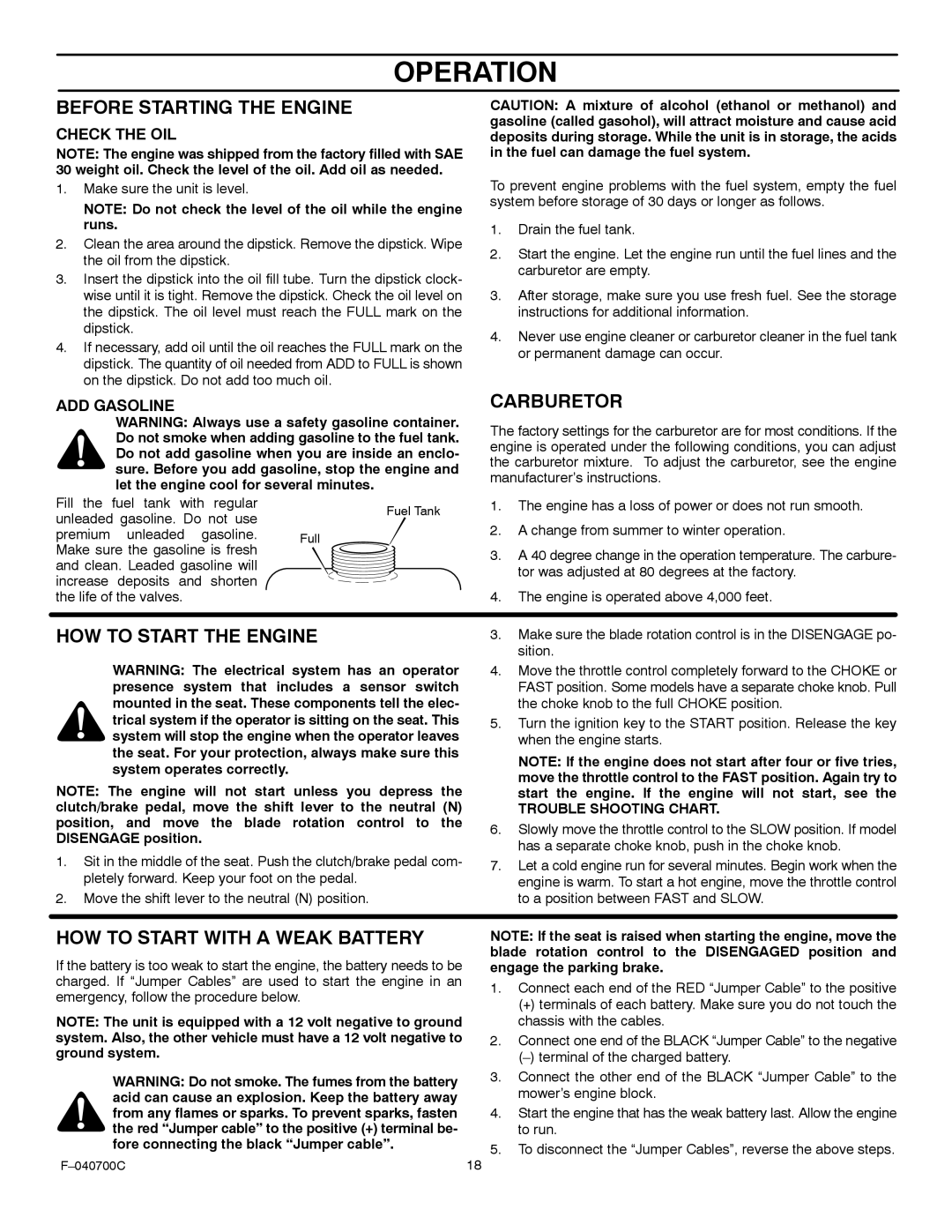387002x92NA specifications
The Stanley Black & Decker 387002X92NA is a versatile and innovative tool that stands out in the realm of power tools. Designed for both professionals and DIY enthusiasts, this product exemplifies quality, reliability, and advanced technology. One of the main features of the Stanley Black & Decker 387002X92NA is its high-performance motor, which delivers impressive torque and speed, making it suitable for a wide range of applications. Whether you're drilling into wood, metal, or masonry, this tool offers the versatility required to tackle various projects with ease.Incorporating cutting-edge technology, the Stanley Black & Decker 387002X92NA is equipped with an electronic control system that optimizes power usage, extending the lifespan of the tool. Additionally, its variable speed settings allow users to adjust the tool's performance to match specific tasks, providing greater control and precision. This feature is particularly beneficial for intricate jobs where accuracy is paramount.
The ergonomic design of the 387002X92NA ensures a comfortable grip, reducing user fatigue during extended use. The lightweight nature of the tool also enhances mobility, making it easy to maneuver in tight spaces. Furthermore, the inclusion of an LED work light illuminates darker work areas, improving visibility and safety while working.
Durability is another hallmark of the Stanley Black & Decker 387002X92NA. Constructed from high-quality materials, the tool is built to withstand rigorous use in demanding environments. Its rugged housing provides resistance against drops and impacts, ensuring longevity even under heavy-duty conditions.
For added convenience, the tool features a quick-change chuck system that enables users to swap out bits rapidly without the need for additional tools. This user-friendly design element enhances efficiency, allowing for seamless transitions between tasks.
In conclusion, the Stanley Black & Decker 387002X92NA is a powerful, durable, and user-friendly tool that integrates advanced technologies and innovative features. Ideal for professionals and hobbyists alike, it excels in performance and versatility, making it a valuable addition to any toolkit. Whether you're embarking on home improvement projects or tackling heavy-duty commercial tasks, this tool delivers the reliability and effectiveness needed to get the job done right.

